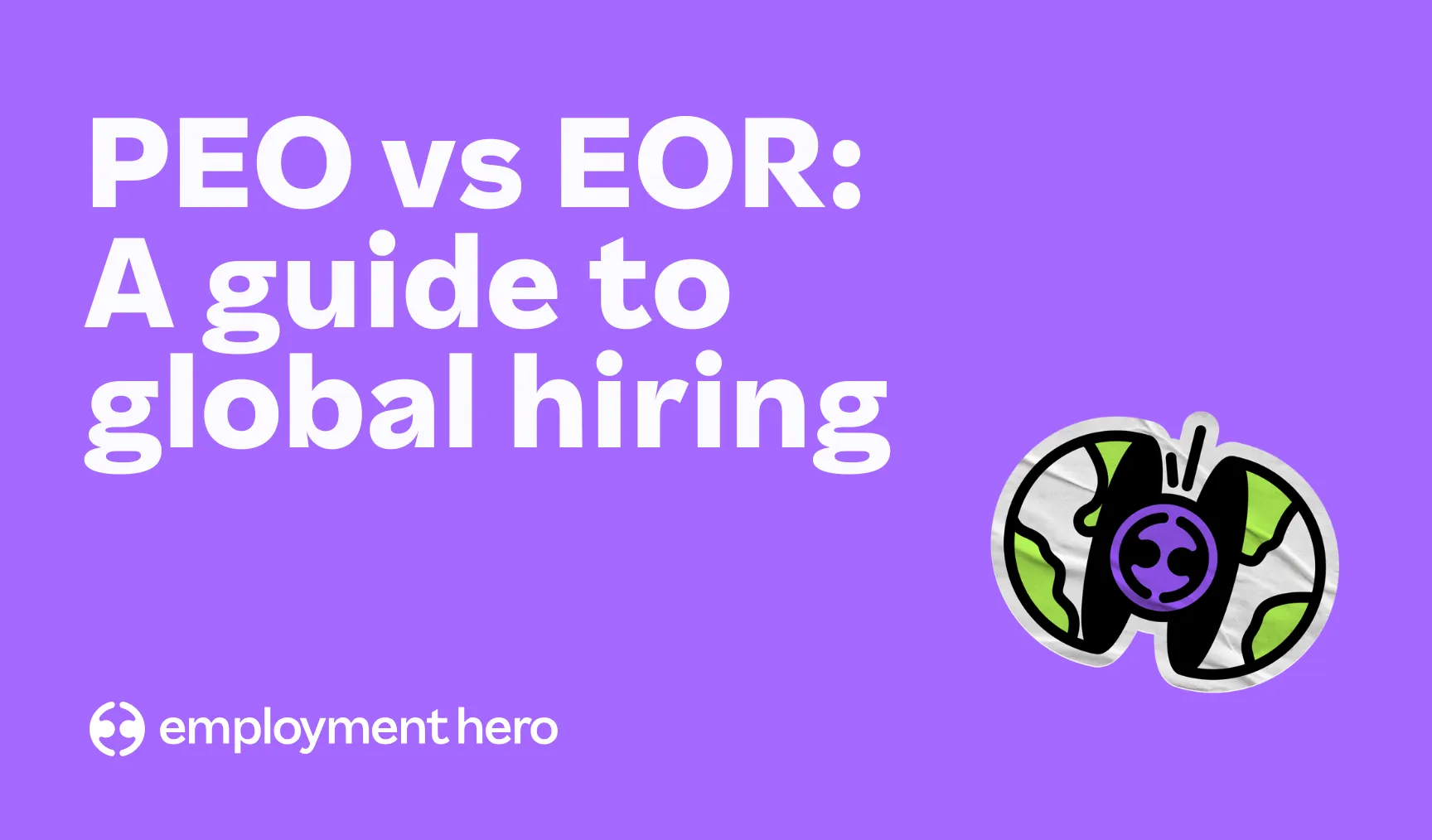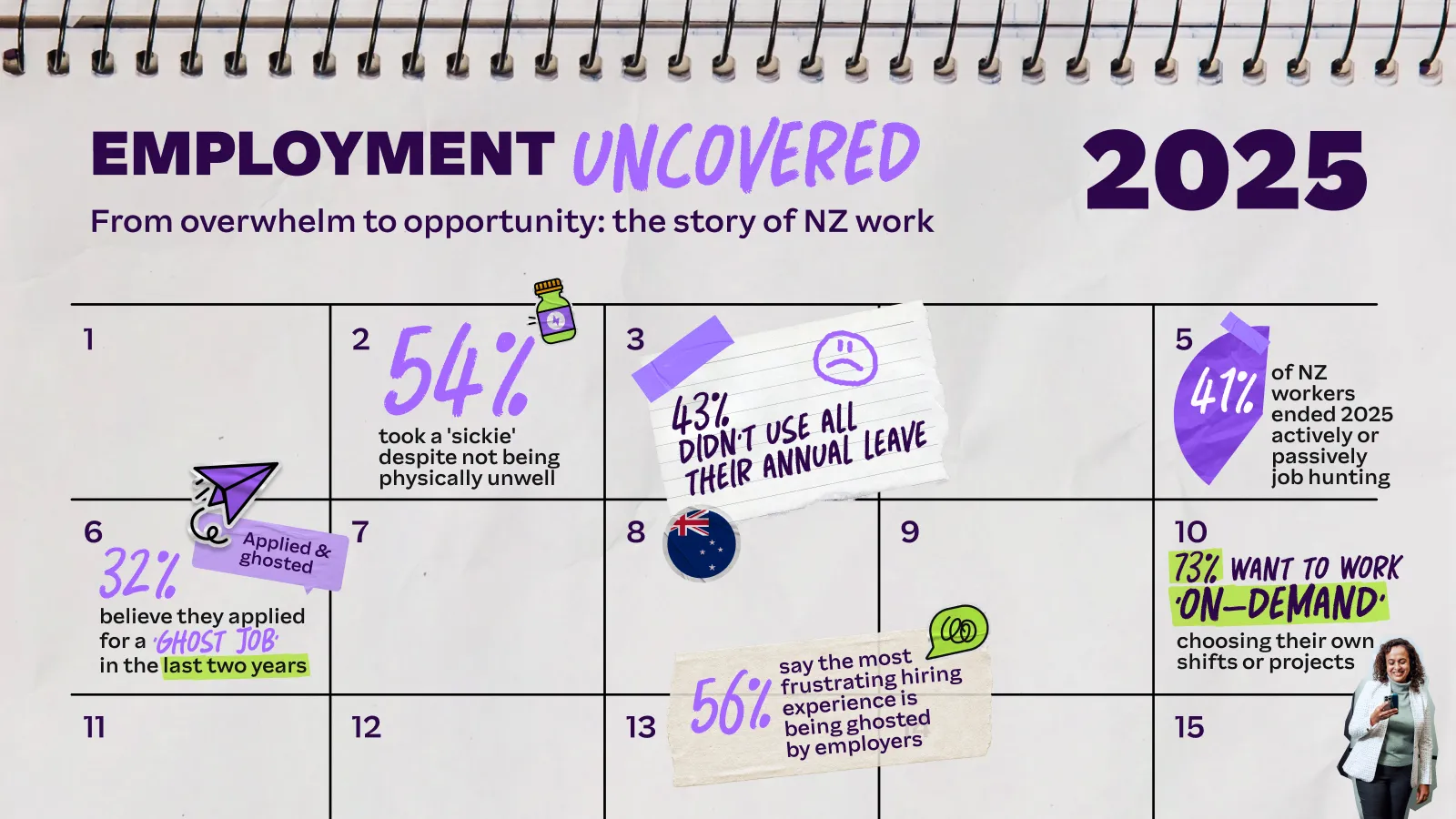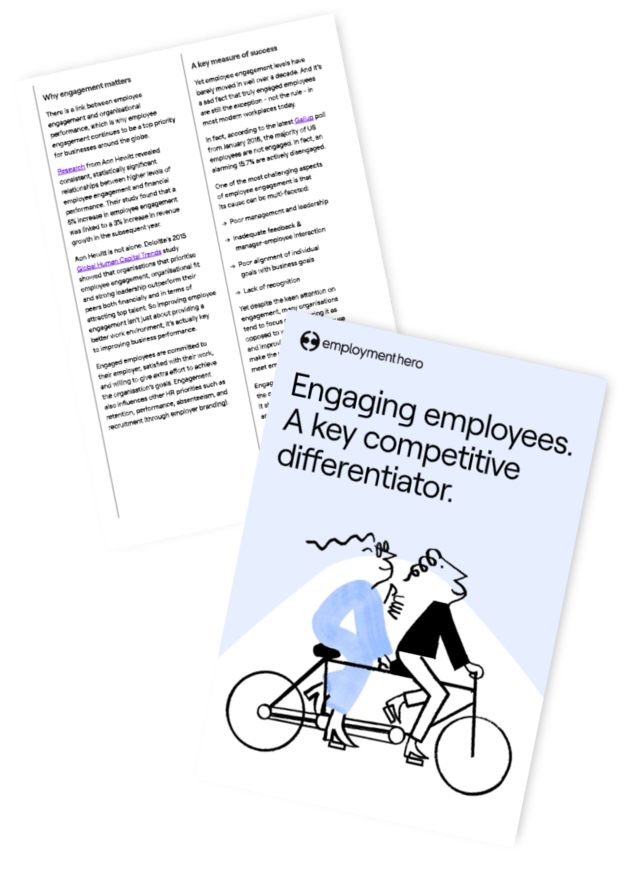The rise of the boomerang employee: the employees who quit but want their jobs back
Why hiring a returning employee can be good for business.

Just as Anthony Klotz forecasted, the Great Resignation is upon us. Back in 2020, the professor of business administration at Texas A&M University saw the trends in the employment sector and predicted a mass movement as a consequence of the Covid-19 pandemic. And what’s more, he speculated that it would last five whole years. Poor working conditions. Toxic workplaces. Uncertainty over job security. Lack of career progression opportunities. A reappraisal of personal and professional priorities. The time bomb had been ticking for some time, but the pandemic arrived and forced all of these issues to the surface. We saw it unfolding in our own survey results. At the time of publishing, job vacancies in the UK were at a record high, and our Employee Movement and Retention Report, revealed that 55% of workers planned to look for a new role in the year ahead. And now here we are. Between April and August 2021, 20 million voluntary resignations were handed in in the US. In total, 47.8 million US workers left their jobs voluntarily in 2021, the highest number in two decades.

The Great Resignation is a time of new roles, new opportunities and career changes for many. Some are calling it the Great Reset. But what about the employees who left a job and then want it back? Let’s talk about boomerangs.

What is a boomerang employee?
Boomerangs are designed to come back, right? It’s also the name given to an employee who left a job but is seeking to return to it. This is a phenomenon that we saw take off in the wake of the pandemic. According to LinkedIn, in 2021 4.5% of new recruits on its platform were boomerangs, up from 3.9% in 2019.
Why would an employee want to return to a previous job?
Whether an employee took a new role but changed their mind, or couldn’t find a new job, there are as many reasons why an employee would want to return to their old job as there are boomerang employees. But since you asked, we can break it down into some general themes.

Better pay
Employees might discover that they can negotiate to return to a better salary or better working conditions. The stats show that boomerangs are better paid than employees who never left.
Personal circumstances
Workers are tired. They’re stressed. They’re more burnt out than ever. Some employees left their roles because they just needed a rest. Whether that’s to reevaluate their personal life, their work life balance, for their own mental health and wellbeing, or to look after a loved one, rest and recalibration is absolutely a valid reason to step back from a job. When that worker is feeling recharged, they may feel ready to return to the same job or the same company. It could be that the worker started a new role and didn’t enjoy their new duties, their new manager, their team, or the company culture. It’s never appropriate to dig into this, but we all know it happens. Or perhaps a loyal employee left because of personal reasons which unexpectedly changed, such as a family member moving location and then being able to move back. And we know employers don’t like to hear this, but perhaps the personal reason was that the worker simply didn’t enjoy their job. And then upon leaving, the worker may have had an epiphany that maybe it wasn’t so bad after all.
Technology and digital transformation
Almost overnight, technology has enabled roles that were traditionally never considered remote to become remote. If an employee left a role because they wanted to relocate but their job was not previously supported in a remote setting, and technology can now support it, an employee may well feel inspired to return. Indeed, the remote-work genie is out of the bottle. Digital nomadism comes in many shapes and forms, and now that many workplaces have put the infrastructure in place, employers are able to offer the flexibility that many workers are looking for to support their desired lifestyle. And with Global Teams, we made managing remote teams around the world easy and accessible.
Cultural transformation
Another possible reason for return is that in the worker’s absence, the company has gone to great lengths to improve the workplace and company culture, and can now offer benefits like remote or hybrid working. In these cases, a former employee could very well be tempted to return to an old employer if the cultural transformation addressed issues that were part of their reason for leaving.

Should an employer rehire a former worker?
Each and any decision to hire or rehire is entirely down to the company and the applicant, and their individual circumstances. But if you’re worried about whether to take a former employee back just on principle, do consider this research carried out by Cornell University, which revealed that returning employees are “almost always higher performers than their peers”.

The benefits for employers
Boomerangs outperform new hires
Cornell’s study compared the post-hire performance of 2,053 boomerang or returning employees and 10,858 new hires over an eight-year period in a large health care organisation. The results showed that the returning employees outperformed the new hires, especially in roles requiring “high levels of administrative coordination.” As Forbes points out, returning employees have a familiarity with their role and their previous company, as well as valuable insights gained from their experience elsewhere, often working for rival organisations. This gives them a competitive edge over new hires who need to pick up skills and specialisations for their role which take some time to learn.
Time and cost savings
Thus re-hires require less training and less inducting which can save businesses significant time and money. As they already know the job and the team, they are also less of a risk than a new hire.
Soft skills value add
It’s not just experience within a rival firm which is valuable to an employer when rehiring a former employee. Boomerangs often return with greater confidence and a more rounded skill set than had they stayed in their original role. From dealing with managers to collaborating with colleagues, boomerangs bring their newly gained experience with them and tend to return afresh with useful insights and skills that can benefit the whole organisation.
Technical hires
Technical vacancies can be hard to fill. That’s why in the IT industry it is common to rehire former employees to fill technical roles because they already have the experience and skills needed for the job. In June 2021 researchers interviewed 39 boomerang employees in IT and found that most were happy with their jobs when they returned because they had been able to negotiate better terms and conditions to return to.

Tips for employers
If you’re considering rehiring a former employee, we have some top tips for you. But our standard advice for attracting talent still stands, so don’t neglect this just because you’ve employed an applicant in the past. Be prepared to pay more and offer greater benefits to returning employees. But be aware of penalising loyalty by paying boomerangs more than your current workers. You may need to review your employee value proposition as well as your existing benefits package for your current employees. Speaking of benefits, it’s a good idea to proactively manage your company culture. Things have changed (a lot) since the pandemic, and if you’re offering perks like flexibility, hybrid working, remote opportunities and workplace wellbeing programs, you’ll be better placed to attract the best candidates. A strong, positive company culture can also help boost retention and reduce the risk of losing staff (again). Can you tell we are big fans of wellbeing in the workplace? Here are our best tips on designing workplace wellness programs. In staff surveys, our employees repeatedly rate our programs highly which is why we are so obsessed. And we will close out with our most important tip. Whatever you do, make sure that you hold true to your promises. As Wired highlights, “it’s common to see people complaining that their old employer was not able to fulfil the promises made to get them to return.” And nobody wants to be that employer. Whatever else, the future is flexible and we’re here to make it easy for you. For more insights, check out our Employee Movement and Retention Report.
Related Resources
-
 Read more: PEO vs. EOR: A guide to global hiring
Read more: PEO vs. EOR: A guide to global hiringPEO vs. EOR: A guide to global hiring
Learn the key differences between a PEO and an EOR. Discover why an EOR is the smarter, safer way to…
-
 Read more: How to build a global team without a local entity
Read more: How to build a global team without a local entityHow to build a global team without a local entity
Learn how to streamline your hiring and expand your NZ business globally with an Employer of Record (EOR) without the…
-
 Read more: Employment Uncovered: Inside the Story of New Zealand Work in 2025
Read more: Employment Uncovered: Inside the Story of New Zealand Work in 2025Employment Uncovered: Inside the Story of New Zealand Work in 2025
Inside the story of NZ work in 2025. From rising ‘sickies’ to hiring fatigue, see how Kiwi work patterns are…























